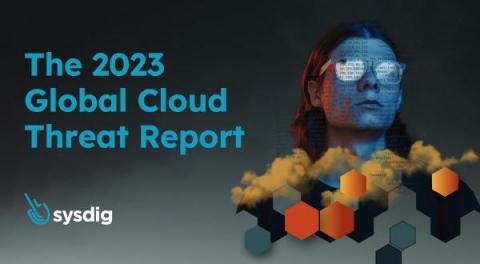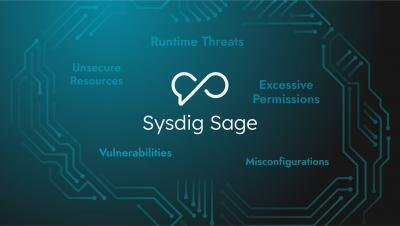2023 Global Cloud Threat Report: Cloud Attacks are Lightning Fast
The second annual threat report from the Sysdig Threat Research Team (Sysdig TRT) is packed with their findings and analysis of some of the hottest and most important cybersecurity topics this year. Threat actors are really embracing the cloud and are using it to their advantage to evade detection and speed up their attacks.











